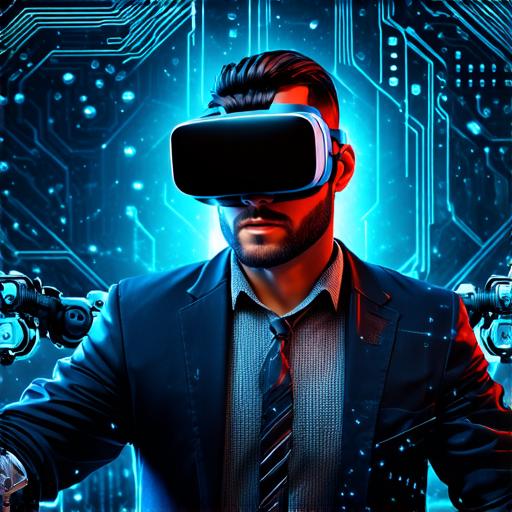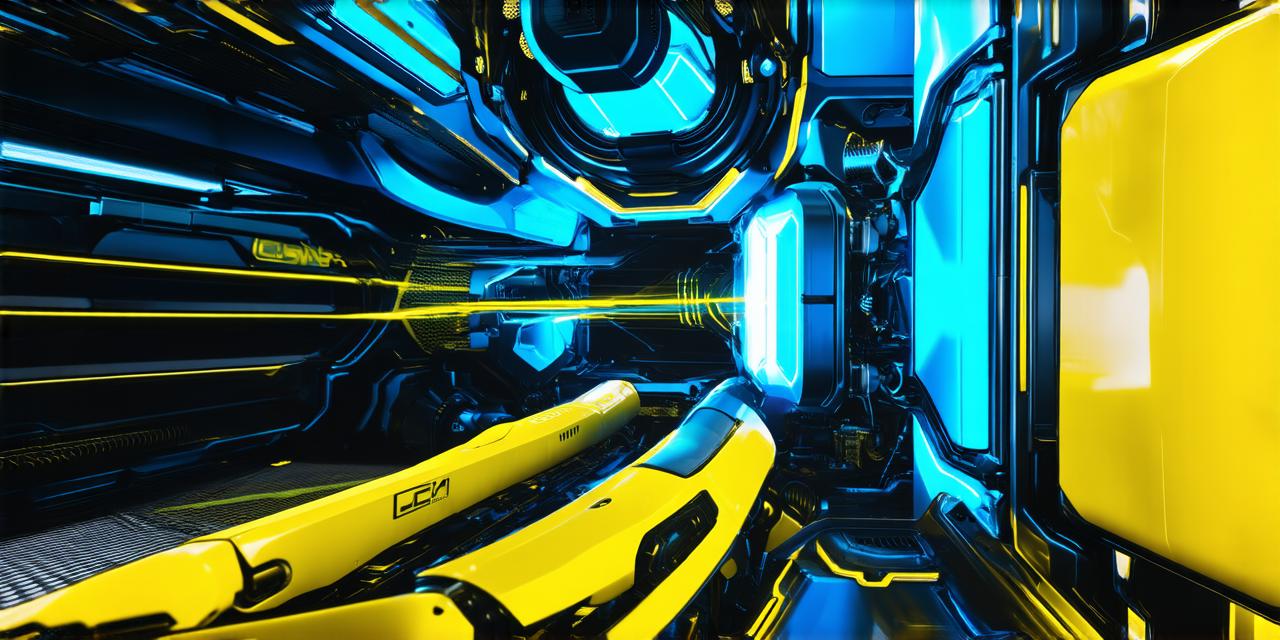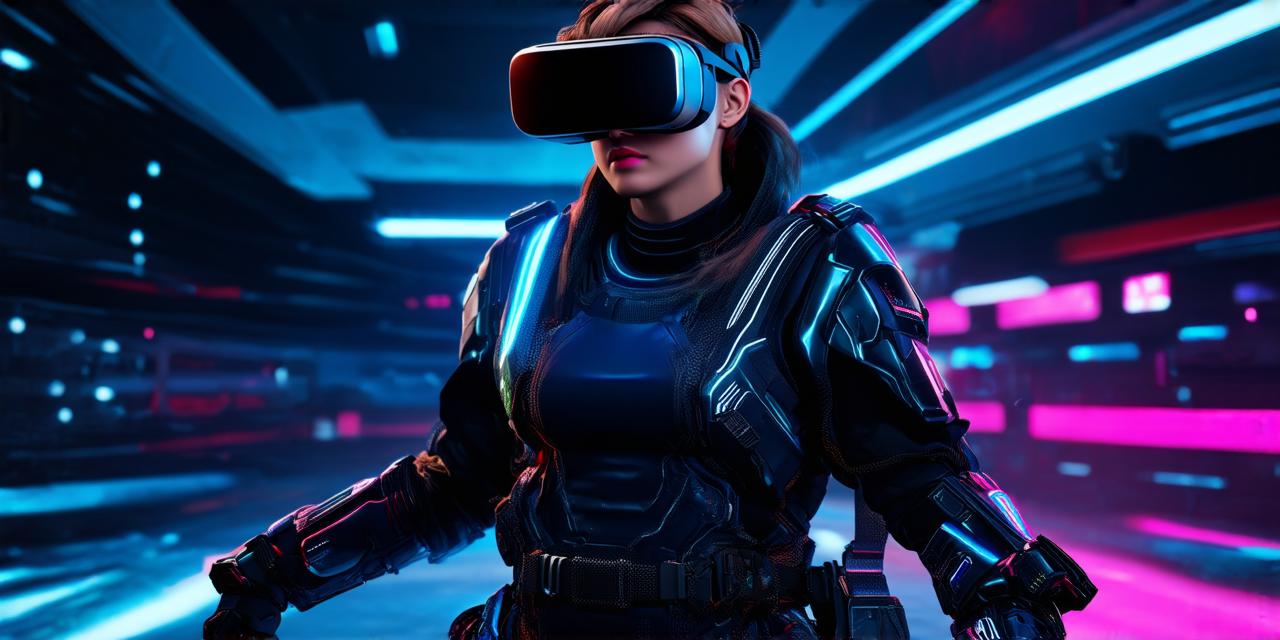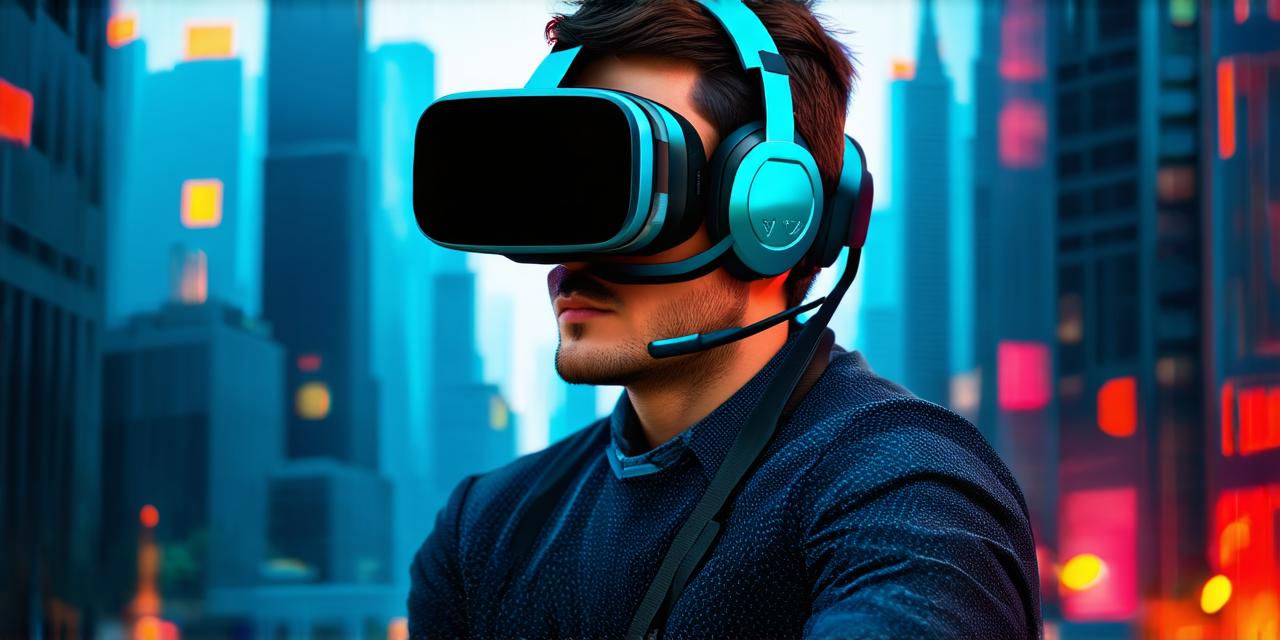Virtual reality (VR) technology has come a long way since its inception, but there are still several engineering obstacles that need to be overcome in order to significantly improve the VR experience. In this article, we will explore some of the key challenges and how they can be addressed.
One major obstacle is the lack of immersion. While VR headsets have become more comfortable and affordable, they still do not provide a truly immersive experience. This is due in part to the limitations of current display technology, which often results in blurry or distorted vision. In order to overcome this obstacle, engineers will need to develop new display technologies that can deliver high-resolution images with minimal latency.

Another challenge is motion sickness. Many people experience nausea and dizziness when using VR headsets, which can make the experience unpleasant or even dangerous. There are a few potential solutions to this problem, including improving the tracking of user movements and developing more advanced algorithms for rendering virtual environments. Additionally, engineers may need to explore new ways to stimulate the senses in order to create more realistic and engaging experiences.
One engineering obstacle that has received a lot of attention is the issue of haptic feedback. While VR headsets can simulate visual and auditory sensations, they are still limited in their ability to provide tactile feedback. In order to improve the overall VR experience, engineers will need to develop new technologies for providing realistic haptic feedback, such as gloves or other wearable devices that can simulate the sensation of touch.
Finally, there is a significant challenge related to the cost and accessibility of VR technology. While progress has been made in recent years, VR headsets and other equipment can still be quite expensive, which limits their availability to many people. In order to make VR more accessible, engineers will need to develop more affordable and efficient technologies, as well as explore new ways to distribute content and experiences online.
In conclusion, there are several engineering obstacles that must be overcome in order to improve virtual reality technology. These include developing new display technologies, addressing motion sickness, improving haptic feedback, and making VR more accessible and affordable. By overcoming these challenges, engineers can create even more immersive and engaging virtual experiences for users around the world.



